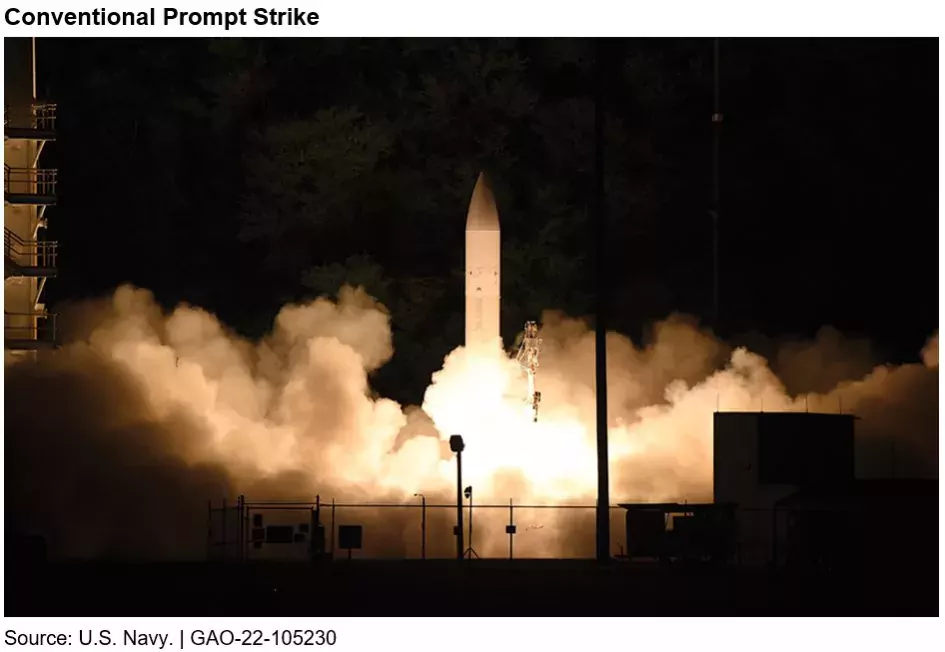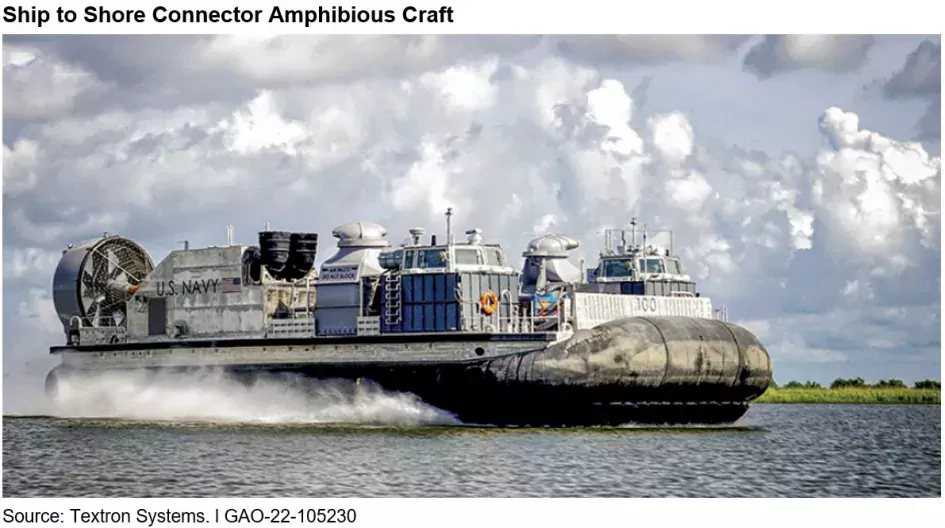20 Years of Assessing DOD’s Weapon Programs Shows the Importance of Having the Right Information Before Making Investment Decisions
The Department of Defense invests billions of dollars annually to develop weapon systems, such as stealth jets, satellites, and submarines. For 20 years, we’ve reviewed DOD’s major weapon programs—measuring how effective these efforts are and looking for any efficiencies that could save taxpayer dollars.
In our recent assessments, we’ve reported that DOD is increasingly focused on developing weapon systems more quickly to keep pace with evolving threats, including those posed by China and Russia. However, our findings over the last two decades remain fairly consistent: DOD continues to take longer and spends more money than planned to develop its weapon systems.
Today’s WatchBlog post looks at our latest assessment and a key theme that impacts DOD’s ability to deliver weapon systems on time.
Image

A key to success
Since our first review of DOD’s major weapon systems in 2003, knowledge has been a key theme that we’ve seen affect weapon system development.
Cost overruns and schedule delays were less likely when program leaders had the right knowledge about a weapon system’s technology, design, and production. For example, programs can complete a business case—documentation that assesses a program’s potential costs, benefits, and risks. This knowledge enables program leaders to make better decisions about whether to invest increasing amounts of money as the weapon system progresses through development.
The right knowledge at the right time is important for all program types
We’ve found that—no matter the program type—the right knowledge at the right time can help all programs increase the likelihood of meeting their cost and schedule goals.
The department typically develops its major defense acquisition programs over more than a decade, sometimes at the cost of billions of dollars.
Many programs we recently reviewed did not attain the right knowledge and regularly encountered delays. One of these programs—the Ship to Shore Connector Amphibious Craft (a landing craft)—experienced a delay due, in part, to technical issues with critical components and an underestimation of costs. We found that the program hadn’t taken certain steps, such as testing prototypes at key points that could have helped identify problems sooner. Overall, the program now plans to deliver the crafts more than two years later than its original estimate.
Image

Not all programs take decades to develop. For example, DOD created an acquisition pathway for programs to aim to deliver capability within 5 years. Having the right information at program start can help decision makers determine whether delivering capability within 5 years is an achievable goal, although the information might not need to be as formal as for other programs.
For example, the Army’s Mobile Protected Firepower program—started in 2018 and billed as the next generation of infantry combat vehicles—completed prototype capability within 5 years. We found that this program benefited from completing analyses of its schedule and technology risks, among other key documents, before it started.
In contrast, the Air Force’s Air-launched Rapid Response Weapon program (a hypersonic missile program that aimed to delivery early capability in about 4 years) did not develop an acquisition strategy or assess technical and schedule risks before initiation. The program had an aggressive schedule, further strained by test failures. As a result, the planned program completion date has been delayed nearly a year.
Moving forward
With DOD’s planned investment in these weapon systems over $1.79 trillion in fiscal year 2021, programs attaining the right knowledge at the right time is more important than ever if they are to remain on schedule and within budget.
We’ve made a number of recommendations that would help DOD plan and identify the knowledge it needs to help reduce cost overruns and delays. Learn more about our work on DOD’s weapon systems acquisition by checking out our latest annual report on weapons acquisitions and our High Risk Area page focused on better managing the department’s development and delivery of weapon systems.
- Comments on GAO’s WatchBlog? Contact blog@gao.gov.
GAO Contacts
Related Products

GAO's mission is to provide Congress with fact-based, nonpartisan information that can help improve federal government performance and ensure accountability for the benefit of the American people. GAO launched its WatchBlog in January, 2014, as part of its continuing effort to reach its audiences—Congress and the American people—where they are currently looking for information.
The blog format allows GAO to provide a little more context about its work than it can offer on its other social media platforms. Posts will tie GAO work to current events and the news; show how GAO’s work is affecting agencies or legislation; highlight reports, testimonies, and issue areas where GAO does work; and provide information about GAO itself, among other things.
Please send any feedback on GAO's WatchBlog to blog@gao.gov.




